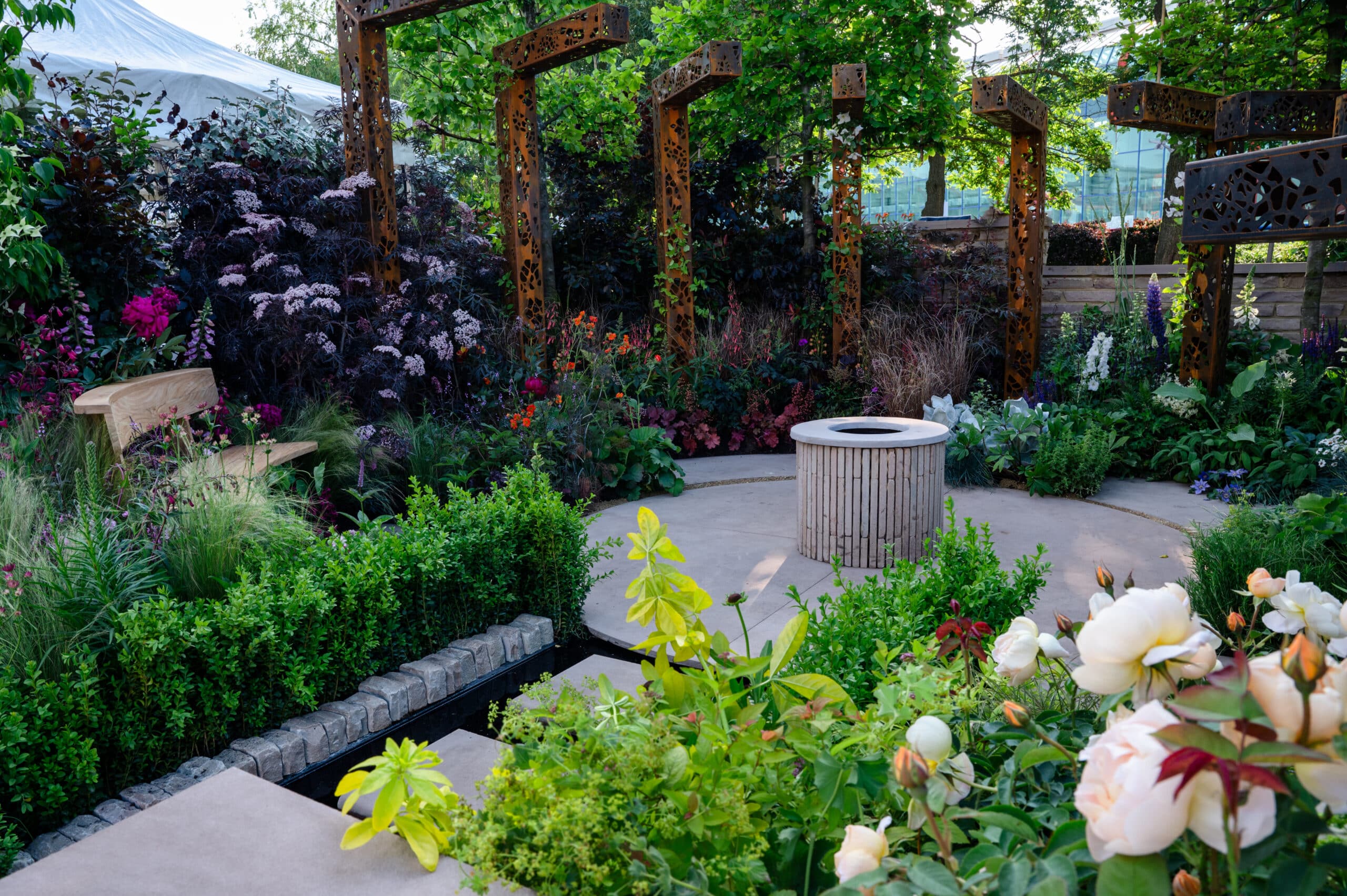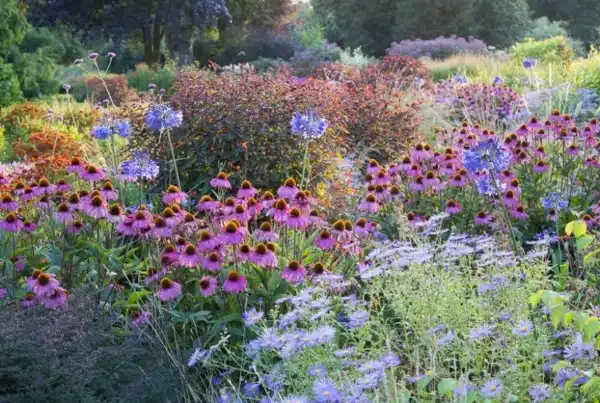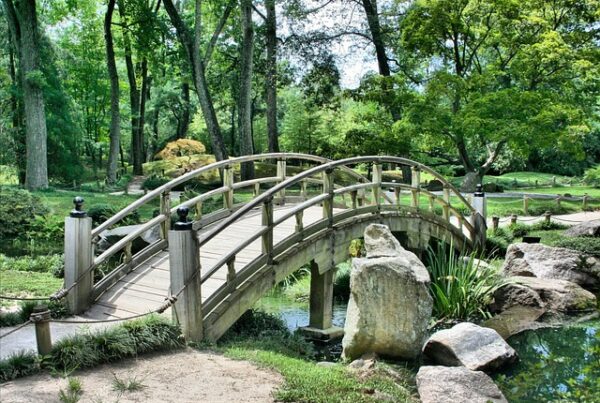Keep your May flowers looking beautiful
Now that April’s over and the showers that come with it are (hopefully) clearing up, now’s the perfect time for the May flowers to start springing up in your garden. Of course, they’re going to need some help getting there, and with the rain starting to go away, you’re likely going to need to grab that hose and start providing your plants with that much-needed moisture yourself. It’s all well and good to let the hose to most of the work here, but there is a knack to the perfect watering and today we’ve like to share three tips for keeping your May flowers looking beautiful through May, June, July and August!
Watering Potted Plants
If you have potted plants in your garden, you might need to be a bit more creative than just holding the hose over them. During rainy days, most of the plants in your garden will get their needed drink – but only most! Plants who live in pots are at a sore disadvantage here and many people don’t realise. As potted plants have limited ability to grow their roots, they cannot stretch out far and gather water. They rely on water that lands directly onto their soil in their pot, which is usually harder for them, because their leaves make for natural umbrellas! Be sure to check on your potted plant friends, even on days when the rest of your garden has had their drink from rain.
Potted plants have extremely dense soil which can repel water when wet – meaning just letting water fall over the leaves of the plant won’t work, as nothing will get to the roots, where the water is most needed. Instead, you should submerge your potted plants in water, allowing water to get directly into the soil and into the roots. Whilst submerging your potted plants, you might notice that there are air bubbles rising to the surface of the water, and this is a good thing! It means that any air in the soil is being replaced with water. You can remove the pot from the water when the bubbles stop. After this, regular hose watering should be sufficient to feed your potted plants, just don’t let the soil dry out again!
Watering Dry Soil
While this method works well for potted plants, normal garden soils can also become compacted and hydrophobic, and you’re not going to be able to submerge your entire garden. For areas in your garden where the soil has dried out, try slowing and lightly watering it before attempting to break it up with trowel or fork. To speed up this process, you can add something that won’t cause and issue if mixed in with the soil but can easily be made wet. Some examples would be compost, mulch, or wood chips, but you could also use leaves.
Watering at the Best Time
For ideal watering, you should get out there as early as possible to give your plants a drink. During the height of the sun, the heat will be higher, and evaporation will be faster. It may be tempting to go out just after lunch to enjoy the sun, but your plants don’t agree! They’d much prefer to have a drink in the morning, which they can soak up a lot of before the heat of the sun dries it up and hold their water throughout the day instead.
If doing your watering in the morning isn’t an option, the evening is also a fine choice. The low humidity in the evening can reduce the risk of your plants catching a disease and soil that has gotten drier (but not so dry it is compact!) will soak water in much more readily.
Of course, we understand that people have busy lives and people live on very different schedules than a typical 9-5 in the modern world – so really, the answer for when the best time to water your plants must be when you have the time to dedicate to it. Caring for your garden’s water needs is more than just holding a hose over them, you need to be sure every plant is getting its fair share of access to water, and this can take time.




